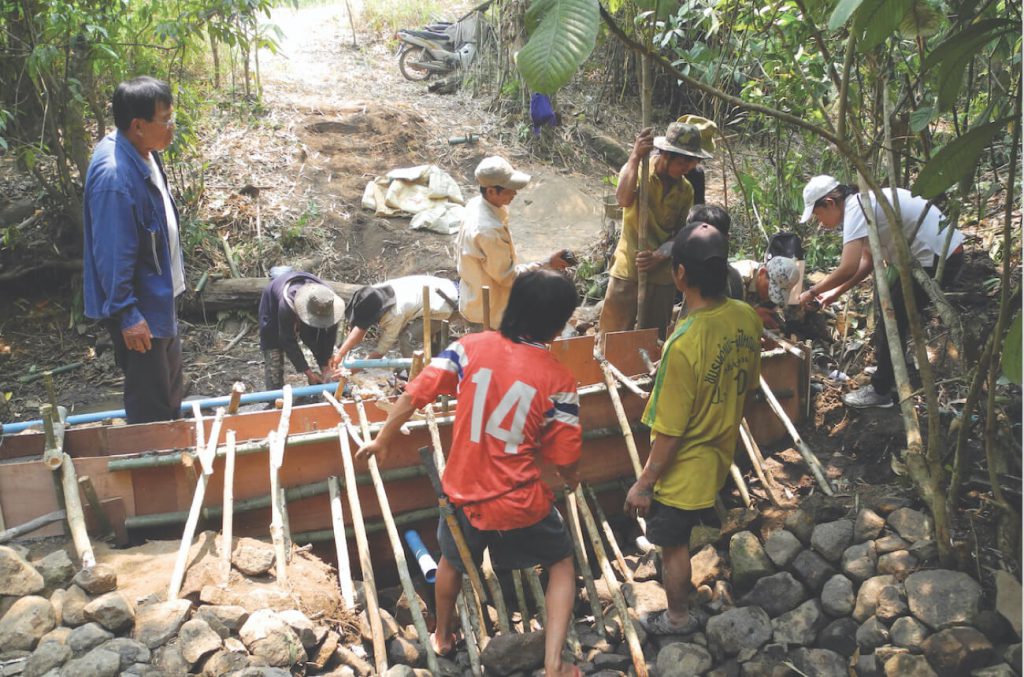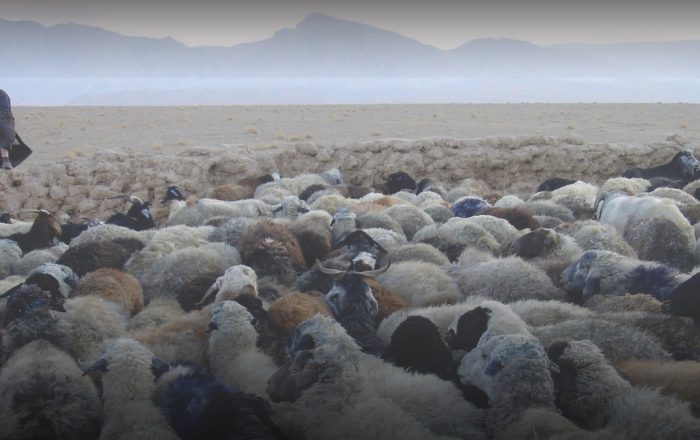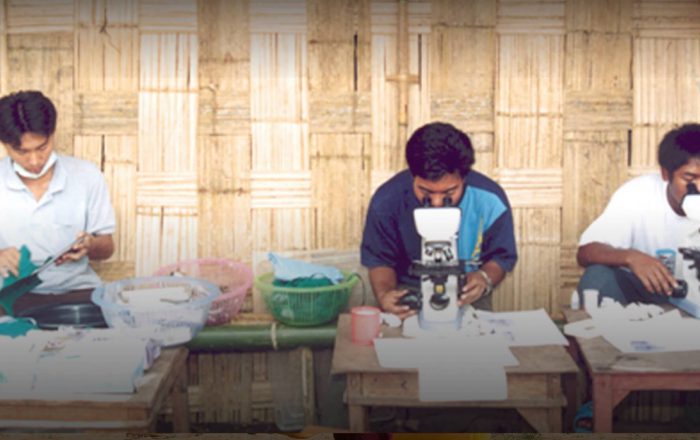Basic Information
Overview
Public health, food security, as well as capacity building formed the main three-pronged thrust of the development plan to boost the community’s immunity against drug threats and encourage self-sufficiency.
MFLF introduced quick fix measures to ensure survival for the community by sending in mobile medical units to conduct tests for malaria, dengue fever and tuberculosis, and improve the condition of the local health station. Next was to develop water systems, agriculture and livestock systems to help the community achieve self-sufficiency and sustainable development.


